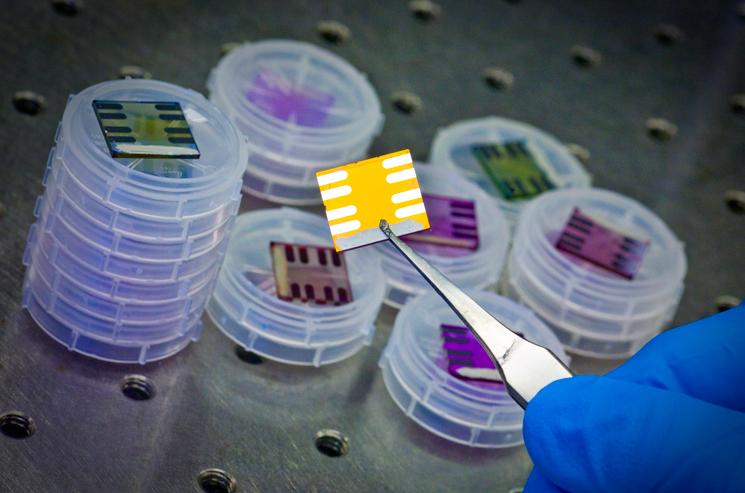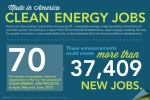
The America’s Next Top Energy Innovator Challenge makes inventions and technologies developed at the U.S. Department of Energy’s 17 National Laboratories and the Y-12 National Security Complex available to innovative startups. | Photo courtesy of Lawrence Berkeley National Laboratory.
The results are in for America’s Next Top Energy Innovator Challenge.
Last year, we launched an initiative to make it easier, quicker and less costly for start-up companies to access technologies from our world-class national labs. Our goal is to move technologies from the lab to the marketplace – helping America to compete in the global technology race.
From January 26th through February 6th, Americans cast votes online by “liking” the startup company they thought was most innovative and promising. Experts conducted a separate review of the companies and scored them based on their potential economic and societal contributions.
As the top-scoring companies based on the number of likes they received and the decision of the expert panel, the following companies will attend the 2012 ARPA-E Energy Innovation Summit and present their innovation at its technology showcase:
- Iowa Powder Atomization Technologies, Inc., based in Nevada, Iowa, is using gas atomization technology developed at Ames Laboratory to make titanium powder with processes that are ten times more efficient than traditional powder-making methods — significantly lowering the cost of the powder to manufacturers. The powder form of titanium is easier to work with than having to cast the metal — where manufacturers melt and pour liquid metal into molds — particularly given titanium’s tendency to react with the materials used to form molds. Titanium’s strength, weight, biocompatibility and resistance to corrosion make it ideal for use in a variety of parts — from components for artificial limbs, like those used by wounded veterans returning from Iraq and Afghanistan — to military vehicle components, biomedical implants, aerospace fasteners and chemical plant valves. View a video on the startup’s technology.
- Umpqua Energy, based in Medford, Oregon is using an Argonne National Laboratory technology to develop a system that allows a gasoline engine to operate in an extreme lean burn mode in order to increase gasoline mileage. One negative side effect of a lean burn engine, whether powered by gasoline or diesel fuel, is an increase in the amount of harmful gases released to the environment. The company expects to both increase fuel economy and simultaneously reduce emissions with its system. View a video on the startup’s technology.
- Vorbeck Materials, based in Jessup, Md., is using a Pacific Northwest National Laboratory (PNNL)-developed method for building tiny chemical structures to greatly improve the performance of lithium-ion batteries. Lithium-ion batteries are rechargeable batteries that are widely used in portable devices such as laptops and power electric vehicles. Vorbeck is using PNNL’s method to develop better lithium air and lithium sulfur batteries. The new material in Vorbeck’s batteries stores twice as much electricity at high charge and discharge rates as current lithium-ion batteries, and creates increased battery capacity and a longer cycle life. View a video on the startup’s technology here.
America’s Next Top Energy Innovator is part of the Obama Administration’s Startup America initiative, which aims to create the best possible climate for high-growth entrepreneurs across the country.
As part of America’s Next Top Energy Innovator, the Department reduces both the cost and paperwork requirements for startup companies to obtain an option agreement to license some of the 15,000 patents and patent applications held by the Department’s 17 national laboratories to build successful businesses.
Information about all 14 companies that participated in America's Next Energy Innovator Challenge, including number of likes, are still available at www.energy.gov/topinnovator.





